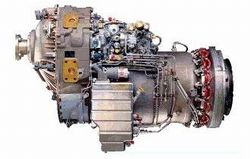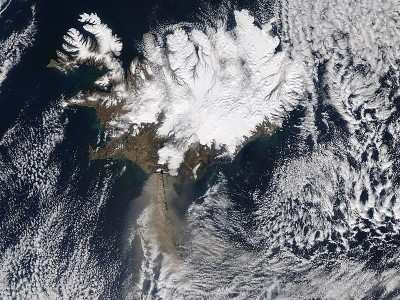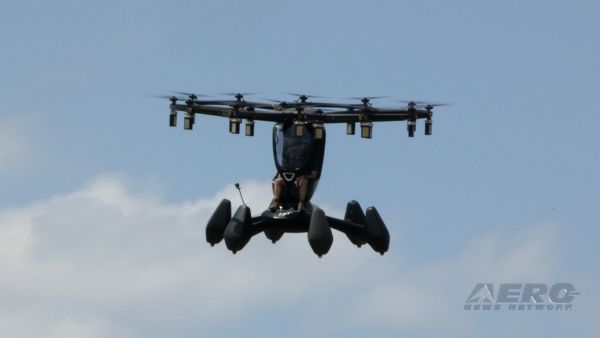Sun, May 30, 2010
Data Was Collected By A Research Aircraft That Flew 30 Hours
Through Ash Clouds
It's been a while since we've heard about widespread airspace
closures due to the eruption of the volcano in Iceland. But it's
certainly a question of when, rather than if, such an event
will happen in the future. And what has become evident is that much
more needs to be known about how volcanic ash affects turbine
aircraft engines. With that in mind, Honeywell said Thursday that
it will be analyzing the effects of ash ingestion in two of its
TPE331 turboprop engines which were used to gather scientific data
during the recent volcanic eruptions and flights into the
subsequent ash cloud over Europe.

TPE331 Engine
The engines powered a Dornier 228 and accumulated 10 hours of
operation in the volcanic ash cloud and an additional 22 hours of
operation in the outer zone of the cloud. The engines have been
returned to Phoenix, AZ for analytical teardown and
evaluation.
"The industry has little information on the effects of volcanic
ash ingestion in turbine engines and we hope the data we gain from
this effort will help define operational impact to the engine and
any damage to components," said Ronald J. Rich, Vice President,
Propulsion Systems, Honeywell Aerospace. "These volcanic eruptions
give us an opportunity to systematically analyze volcanic ash
impact to our engines and this examination could yield a basis for
future turbine engine performance and maintenance service
data."
The TPE331 powered aircraft operated by the Natural Environment
Research Council in the United Kingdom, was collecting particulate
data at one second intervals during their flights into the clouds.
The data includes composition of the debris along with navigational
and engine operational data.

Volcanic Ash Cloud Photo 4.17.10
Also known to have flown aircraft into and around the volcanic
plume is Germany's Deutsches Zentrum fur Luft- und Raumfahrt; DLR,
who operated a Falcon 20-5, powered by Honeywell's TFE-731-5BR
engines. The DLR is Germany's national research center for
aeronautics and space. DLR's extensive research and development
work in aeronautics, space, transportation and energy is integrated
into German and international cooperative ventures.
The British Met Office Information, a weather service
organization also flew its Honeywell ALF 502 powered BAE-146 around
the plume. The British Met office predicts weather for the United
Kingdom and is a significant contributor to the global
understanding of climate change and weather science.
More News
Also: B-29 Superfortress Reunion, FAA Wants Controllers, Spirit Airlines Pulls Back, Gogo Galileo Van's Aircraft posted a short video recapping the goings-on around their reorganiz>[...]
Light Gun A handheld directional light signaling device which emits a brilliant narrow beam of white, green, or red light as selected by the tower controller. The color and type of>[...]
"The journey to this achievement started nearly a decade ago when a freshly commissioned Gentry, driven by a fascination with new technologies and a desire to contribute significan>[...]
"Our driven and innovative team of military and civilian Airmen delivers combat power daily, ensuring our nation is ready today and tomorrow." Source: General Duke Richardson, AFMC>[...]
Aircraft Conflict Predicted conflict, within EDST of two aircraft, or between aircraft and airspace. A Red alert is used for conflicts when the predicted minimum separation is 5 na>[...]
 Airborne 04.16.24: RV Update, Affordable Flying Expo, Diamond Lil
Airborne 04.16.24: RV Update, Affordable Flying Expo, Diamond Lil ANN's Daily Aero-Term (04.20.24): Light Gun
ANN's Daily Aero-Term (04.20.24): Light Gun Aero-News: Quote of the Day (04.20.24)
Aero-News: Quote of the Day (04.20.24) Aero-News: Quote of the Day (04.21.24)
Aero-News: Quote of the Day (04.21.24) ANN's Daily Aero-Term (04.21.24): Aircraft Conflict
ANN's Daily Aero-Term (04.21.24): Aircraft Conflict




